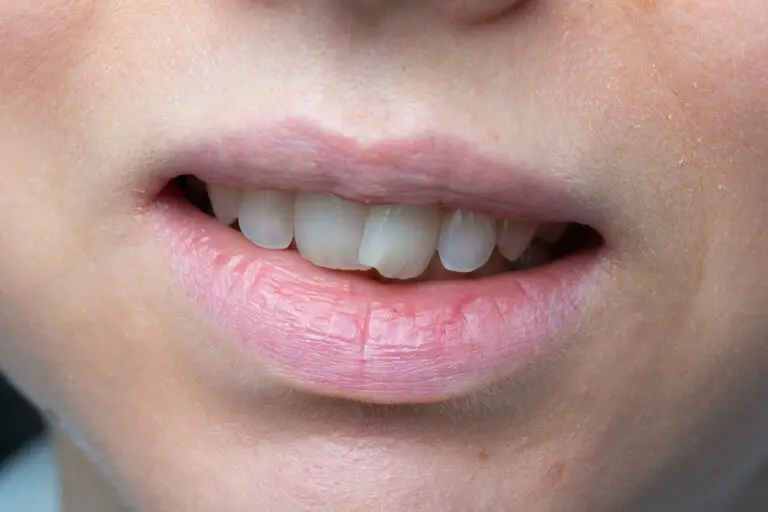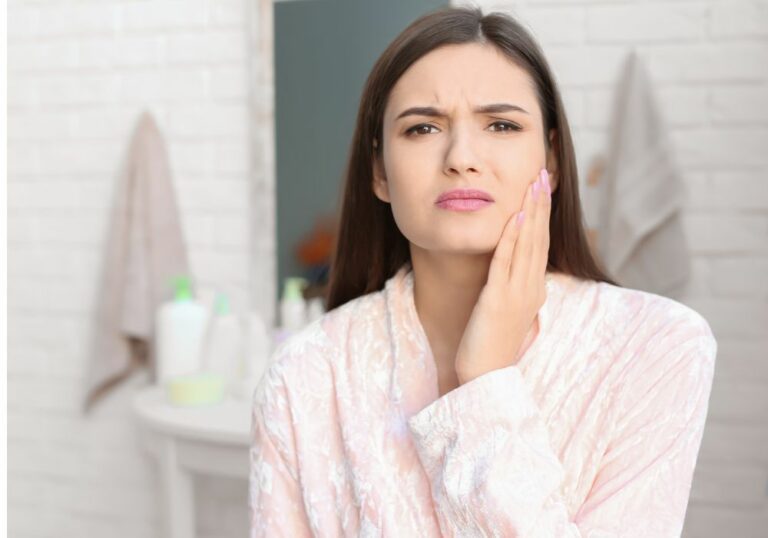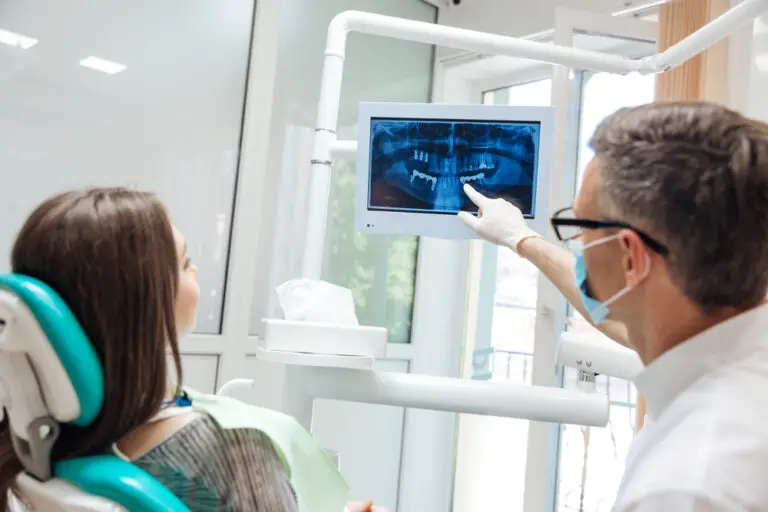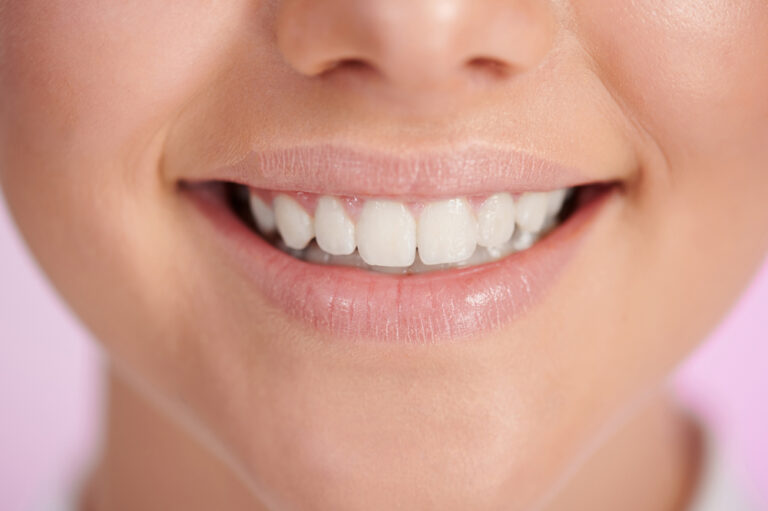A lot of people get anxious before going to the dentist. Sometimes, it’s because they’re nervous about getting major surgery done. For others, it’s the nerve-wracking feeling of being told that they have another cavity that needs treatment that gives them the jitters.
But for most people, anxiety from visiting the dentist is because of fear that the dental procedure you’re getting will be painful. Thankfully, dentists administer local anesthesia before any treatment that might cause pain and sensitivity to keep their patients comfortable during their appointment.
Today, we’ll explain what is local anesthesia, dental procedures that might need it, and a few side effects to watch out for when it is administered to you. Keep reading to learn everything you need to know about this anxiety-relieving treatment.
What is Local Anesthesia in the Dental Setting?
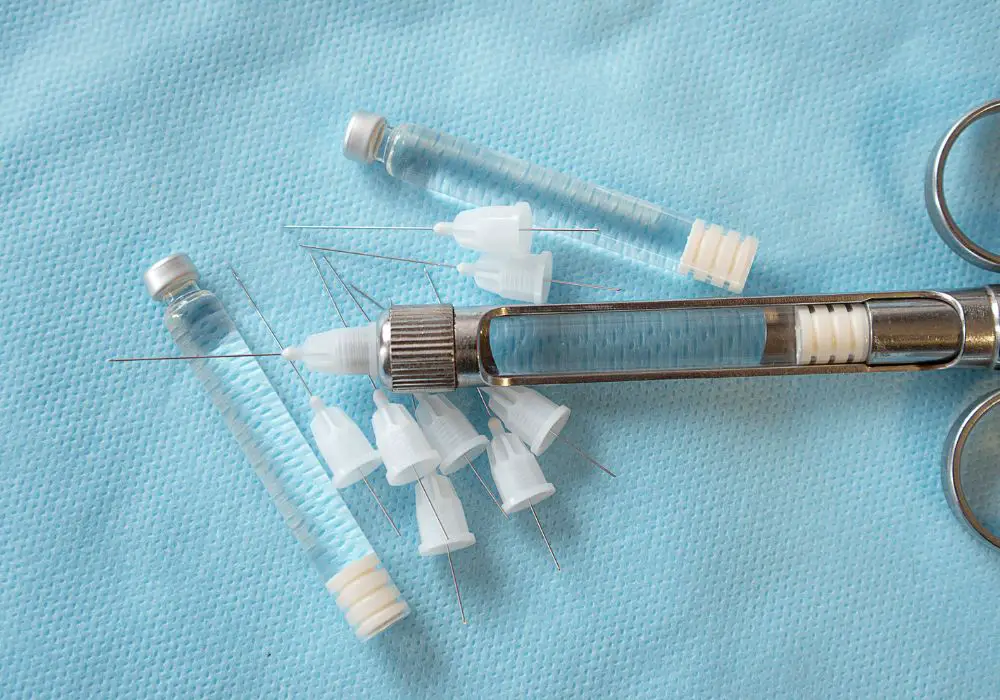
There are two types of anesthesia used in a dental setting. One is general anesthesia, a type of anesthesia administered through an IV or a mask that induces sleep. Only major dental operations done in hospitals—like serious wisdom tooth extractions—require general anesthesia.
The second type is local anesthesia, which is more commonly used by your dentist in their clinic to numb patients’ mouths. Local anesthesia is a medicine injected into your gums or inner cheek to numb a specific area of your mouth before carrying out dental work.
The anesthesia works to stop your nerves from sending pain signals to your brain. As a result, you won’t feel pressure and pain in that area.
It only takes several minutes before you start to lose sensation in the part of your mouth that was injected. Local anesthetics contain vasoconstrictors that constrict your blood vessels. This keeps bleeding at the site to a minimum and allows the numbness to go on as long as possible.
Not only does it keep you from feeling any pain from your procedure, but it also gives your dentist an easier time working on your teeth.
Lidocaine is the most common local anesthetic used today by dentists. Decades back, novocaine was the most popular anesthetic. However, it’s been found that lidocaine works for a longer time. Others include articaine, bupivacaine, procaine, benzocaine, mepivacaine, and prilocaine.
There are two techniques to use local anesthesia. The first is through a block injection, which covers a bigger region of your mouth, like the entire upper area of your mouth or the lower jaw. The second is an infiltration injection, which only numbs a very small, targeted area.
How Do Dentists Apply Local Anaesthesia?
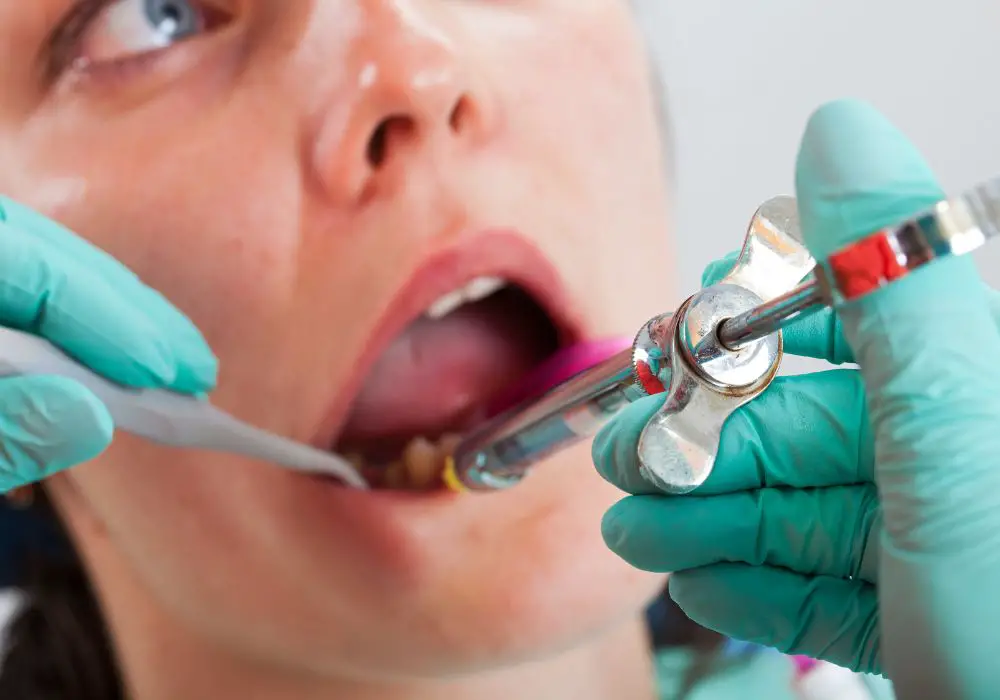
Applying local anesthesia is a straightforward process. It only takes a few minutes from the time you are injected to when you lose the feeling in your gums, mouth, and tongue.
First, your dentist will apply topical gel anesthesia to lightly numb the injection site. That way, you won’t feel the needle pricking you. Then, they’ll administer the shot of local anesthesia with a syringe. You might still feel a light pinch, but it will be manageable thanks to the topical anesthetic.
In a few minutes, you’ll notice the loss of sensation in the area of your mouth where the anesthesia was injected. The numbing effect might even radiate to your outer cheek, lips, and chin—that’s totally normal. When you feel comfortable, your dentist will begin your dental procedure.
Here are just some examples of procedures that call for a dose of local anesthesia to help manage pain:
- Dental fillings for teeth with severe cavities
- Simple and complex tooth extractions
- Root canal therapy
- Periodontal treatments like a deep cleaning of the gums
- Installing dental implants
What’s great about local anesthesia is that you can be given another small dose if you feel like the effects of the first shot are wearing off. Signal to your dentist that you need another shot of it, and they’ll be happy to administer it to the same area before continuing with the dental work.
Curious to see how anesthesia is applied to your mouth? Here’s a very detailed video of how dental professionals administer local anesthesia to their patients:
Side Effects of Being Injected with a Local Anaesthetic
Aside from the numbing feeling in your mouth, local anesthesia may have a few other side effects after being injected into your mouth. Here are a few of the most common ones:
1. Reactions in the injection site
As with injections in any other part of your body, you might experience swelling, bruising, and inflammation at the site of the injection a few hours after your treatment. The soreness and discomfort from the injection is temporary and should fade within the day.
2. Prolonged numbness long after the procedure
While the numbness from local anesthesia is designed to fade in a few hours, some people will experience prolonged numbness in their mouths. This can interfere with daily activities like talking, eating, and drinking. It can also lead to the awkward drooping of parts of your mouth.
You might feel muscle twitching or a tingly, stinging sensation in the hours following your dental appointment. It might feel like that distinct “pins and needles” feeling you get in your arms and legs when you don’t move them for a long time.
If you do, don’t panic. The residual numbness is perfectly normal and will wear off several hours later.
3. Temporary rapid heartbeat
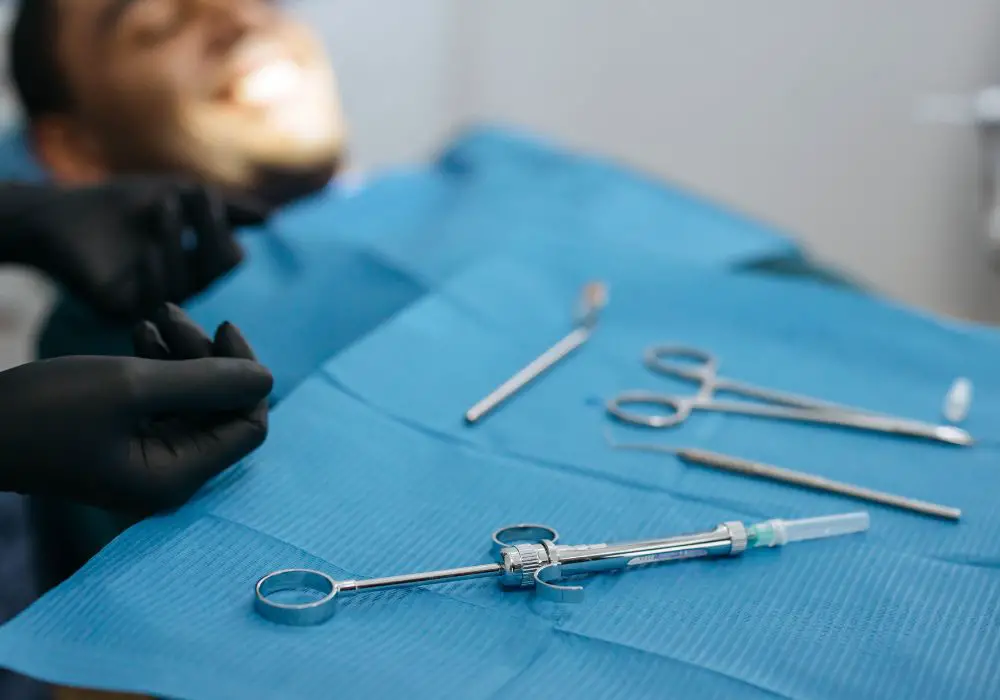
Experiencing an unusually fast heartbeat after getting local anesthesia? Don’t worry—temporarily high blood pressure is another well-known side effect of injectable anesthetics.
Many local anesthetics contain trace amounts of adrenaline, a vasoconstrictor that helps minimize bleeding. While it’s great for making you feel comfortable, it also speeds up your heart rate.
This doesn’t last long, though. After the initial increase in your heart rate, it falls to a normal rate in a matter of seconds.
4. Allergic reactions to the anesthesia
Allergic reactions to local anesthesia are uncommon, but they remain a risk for anyone getting injected with it. Some tell-tale signs that you are allergic to the medicine include difficulty breathing, swelling of the face, and itchy hives.
If you have any allergies to medicines, make sure to tell your dentist beforehand. That way, they can select an anesthetic that will suit you best.
5. Injury to the nerve
Even more uncommon than an allergic reaction is a nerve injury as a result of the injection of anesthesia. Dentists are well-trained in administering injections, so this shouldn’t happen.
But if they do end up striking your nerve and causing trauma to it while injecting anesthesia, you can experience numbness for a few months. The numbness will wear off when the nerve has fully healed.
How Long Do the Effects of a Local Anesthetic Last?
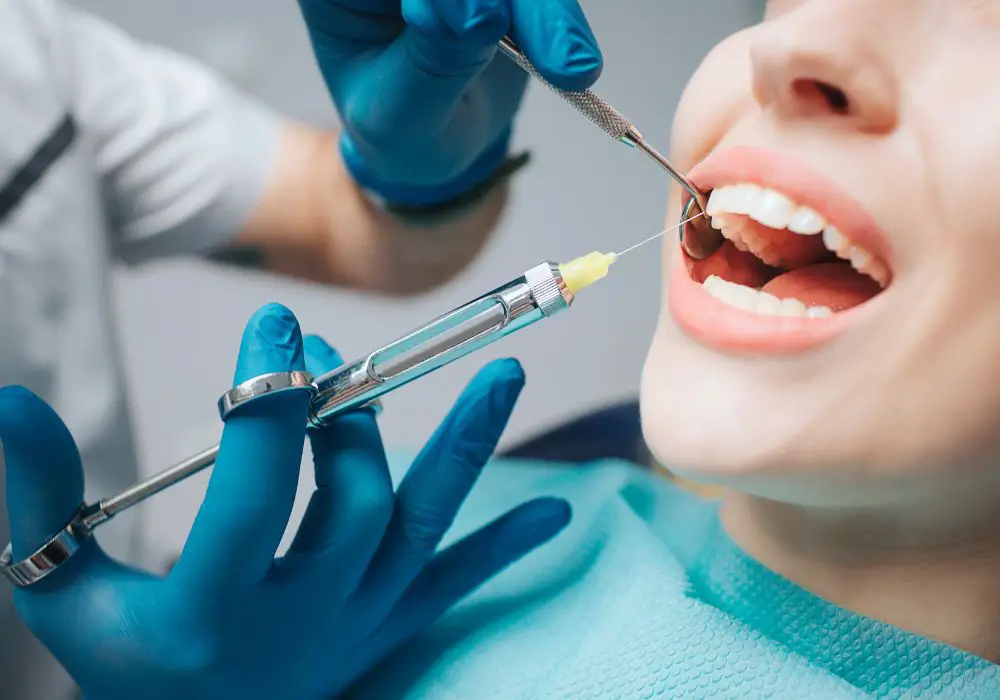
Local anesthesia usually lasts just a few hours. So, if you try to eat or speak immediately after your dental treatment, you might have a hard time doing so. Within 4-6 hours, the numbness should wear off completely, allowing you to perform everyday oral functions.
The effects of anesthesia might be longer for patients who needed multiple doses of it. Those with more sensitive teeth might have been given extra doses throughout their treatment. This prolongs the effects of the anesthesia, so you’ll have to wait longer to get the sensation back in your mouth.
When your lips, inner cheeks, and tongue are still numb, be extra careful not to bite down on the soft tissues in your mouth. The last thing you want is to regain sensation in your mouth and realize that you have lesions from wounds in the area.
Is Local Anesthesia for Dental Work Safe?
Yes, local anesthesia is extremely safe and is widely used by modern dentists all over the world. Dentists are thoroughly trained to administer these medicines, so side effects and complications are never that common.
Because local anesthesia is fast-acting and wears off in just a few hours, you don’t have to worry about any permanent effects that are detrimental to your health. The medicine doesn’t stay in your body forever.
Of course, there is always a small risk associated with injecting anesthesia into your system. That’s why it’s important to share any medical history you’ve had with anesthesia with your dentist. Tell them about any of your allergies and adverse reactions to anesthetics beforehand.
Conclusion
Local anesthesia plays a crucial role in the success of many dental procedures. By numbing a specific part of your mouth, you can get through a dental procedure pain-free and without any discomfort. Anesthetics are safe, effective, and relieve anxiety among dental patients.
That said, there are a few side effects you might experience after getting local anesthesia. The numbness in your mouth may linger for longer than expected. Other people also get swelling in the injection site. However, most side effects of local anesthesia are manageable and resolve quickly.
Next time you’re nervous about pain and discomfort from an upcoming dental procedure, ask your dentist if they will be administering local anesthesia to your mouth. It might help tremendously in preparing for your next appointment because you’re assured of a pleasant, pain-free experience.


